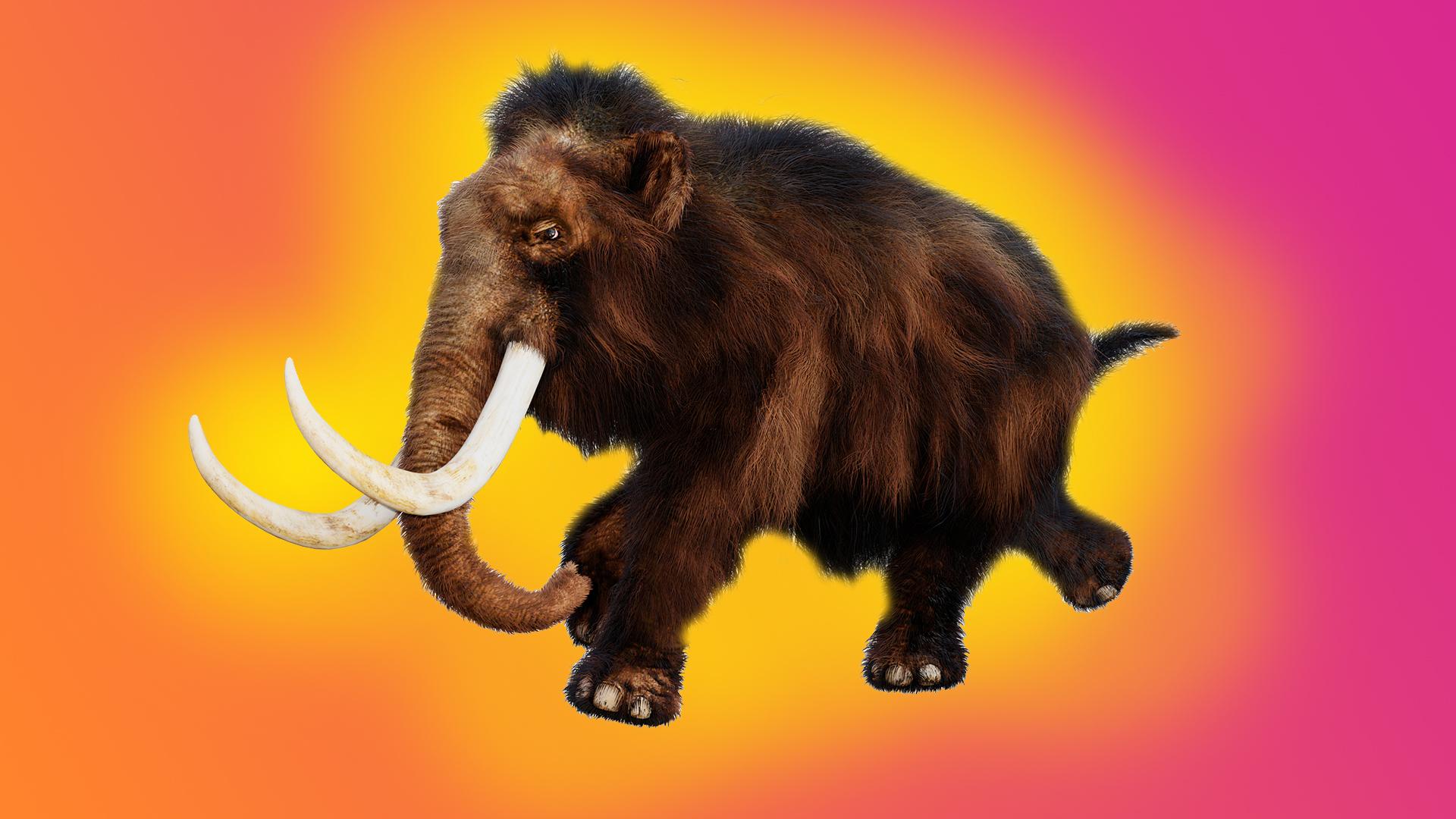'Sudden event' could have caused the woolly mammoth to be wiped out
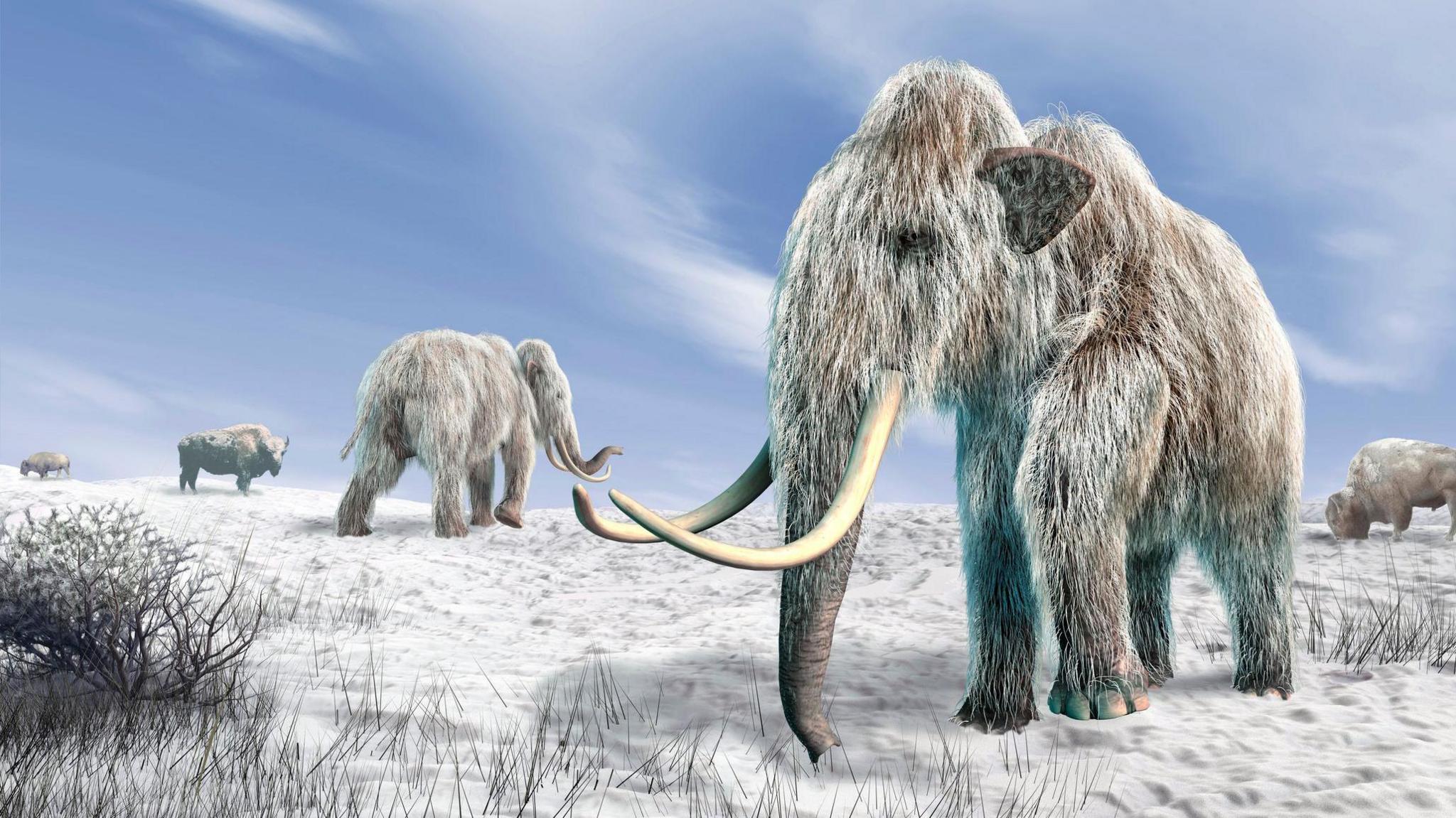
The mystery into what happened to the woolly mammoth deepens
- Published
They were the huge hairy cousins of the elephants and are known for their curved tusks but also for their mysterious dying out.
It had been suggested that the woolly mammoth had been wiped out due to genetic reasons as the population was too small.
Now a study has suggested the last surviving mammoths were inbred, which means they were very closely related to each other, but that this was not the reason behind their extinction.
Experts say the findings indicate that, instead, a mysterious event wiped them out and if this hadn't happened then they would still exist today.
More about the mammoth mystery
Scientists map epic journey of 17,000-year-old woolly mammoth
- Published14 August 2021
Baby woolly mammoth found frozen in ice
- Published27 June 2022
Could woolly mammoths come back from extinction?
- Published15 September 2021
What happened to the woolly mammoth?
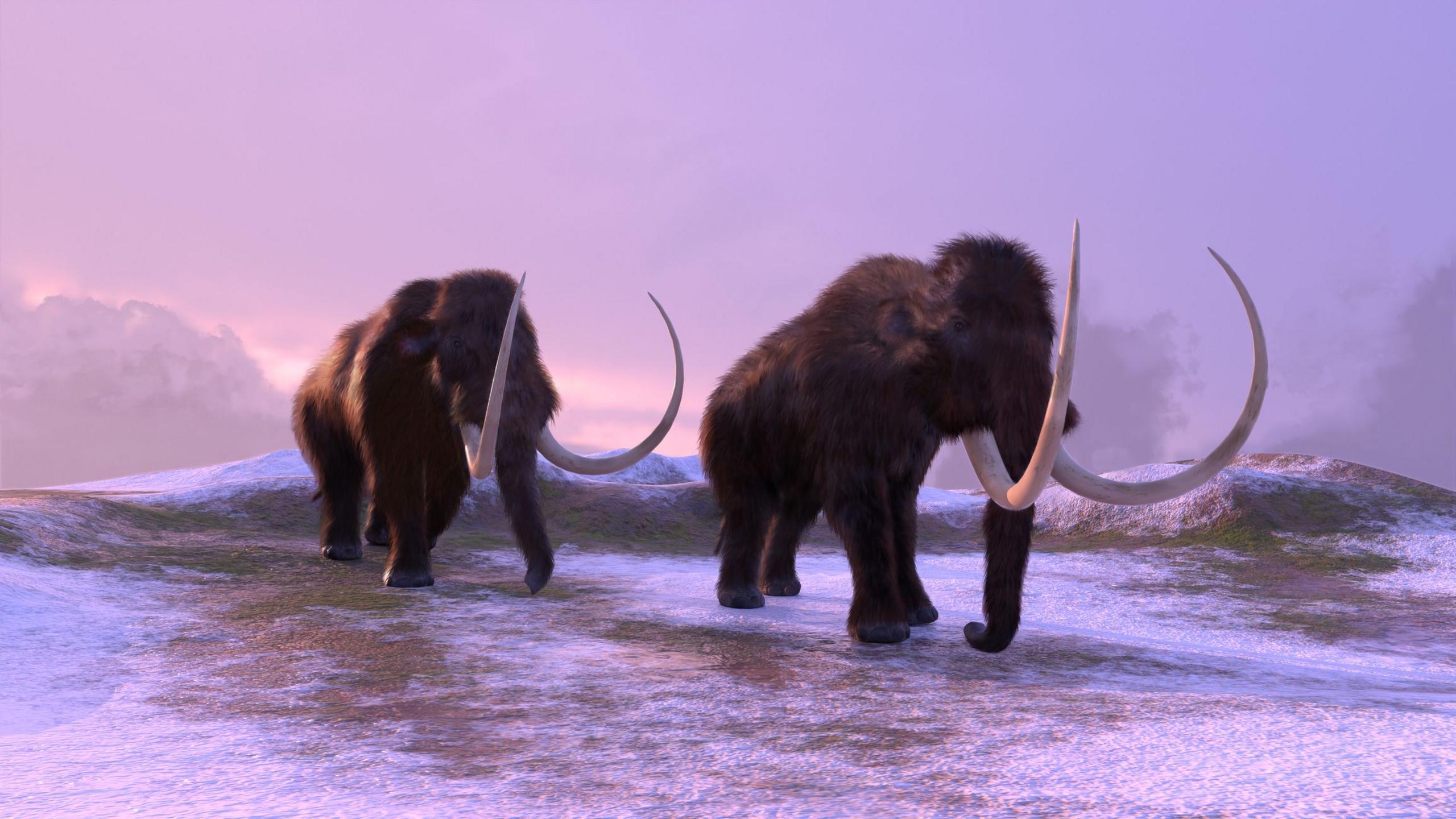
For five million years, woolly mammoths roamed across the world. They even lived alongside early humans, until they disappeared around 4,000 years ago.
As the climate began warming and human hunters posed a threat, they headed northwards.
One last group lived on Wrangel Island off the coast of Siberia, when sea levels rose and cut the mountainous area off from the mainland. They were there for the next 6,000 years.
New analysis reveals the group originated from eight individuals, but grew to 200-300 mammoths within 20 generations.
What did the mammoth study look at?
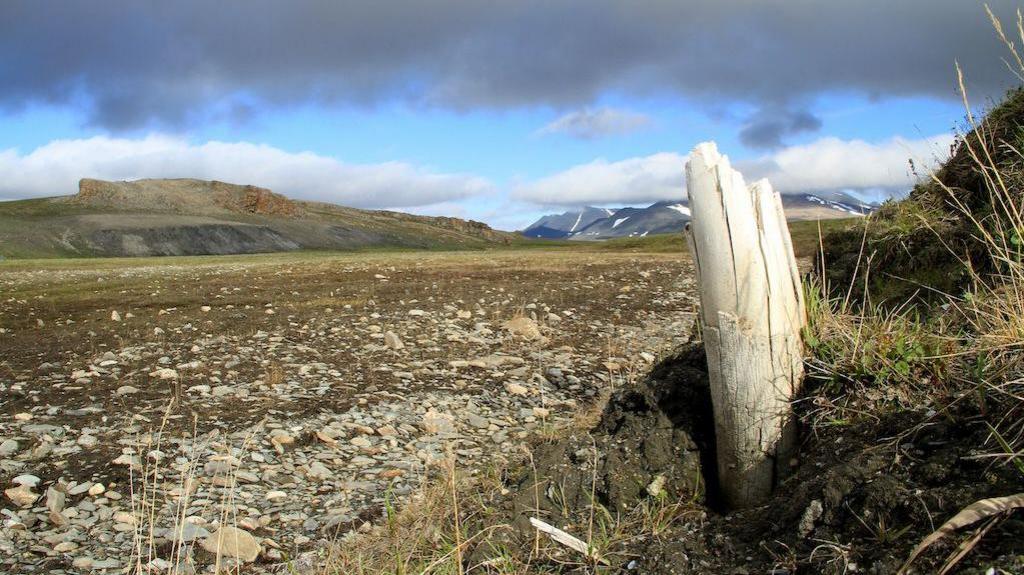
A mammoth tusk sticking out of the ground in Wrangel Island
The study, published in the journal Cell, analysed mammoth genomes. This is the complete set of the genetic material DNA in an organism.
They looked at 21 woolly mammoths - 14 from Wrangel Island and seven from the mainland.
The samples spanned the last 50,000 years of the woolly mammoth's existence, and explained how they changed through time.
According to the study, the Wrangel Island mammoths' genes showed signs of inbreeding and low genetic diversity, but it suggests their population was stable right up until the end, so this could not explain their extinction.
First author of the study, evolutionary geneticist Marianne Dehasque of Uppsala University in Sweden said: "This suggests that something else, and very sudden, caused the population to collapse."
The researchers have unearthed fossils from the mammoths' final period and plan to look at their genetic makeup.
Professor Love Dalen says there is "still hope" to find out what happened to these majestic Ice Age creatures.
They said: "What happened at the end is a bit of a mystery still - we don't know why they went extinct after having been more or less fine for 6,000 years but we think it was something sudden.
"I would say there is still hope to figure out why they went extinct but no promises."
More mammoth stories
- Published29 March 2023
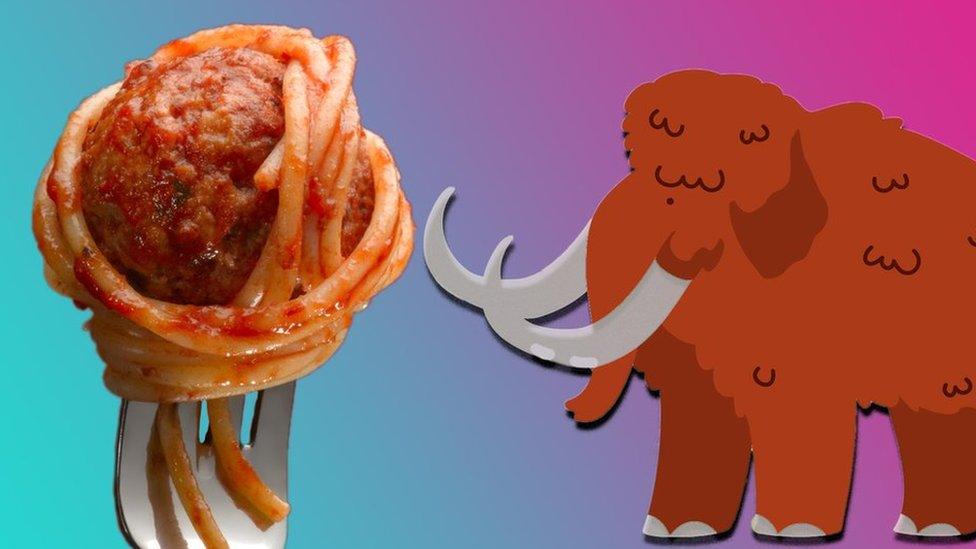
- Published8 October 2015
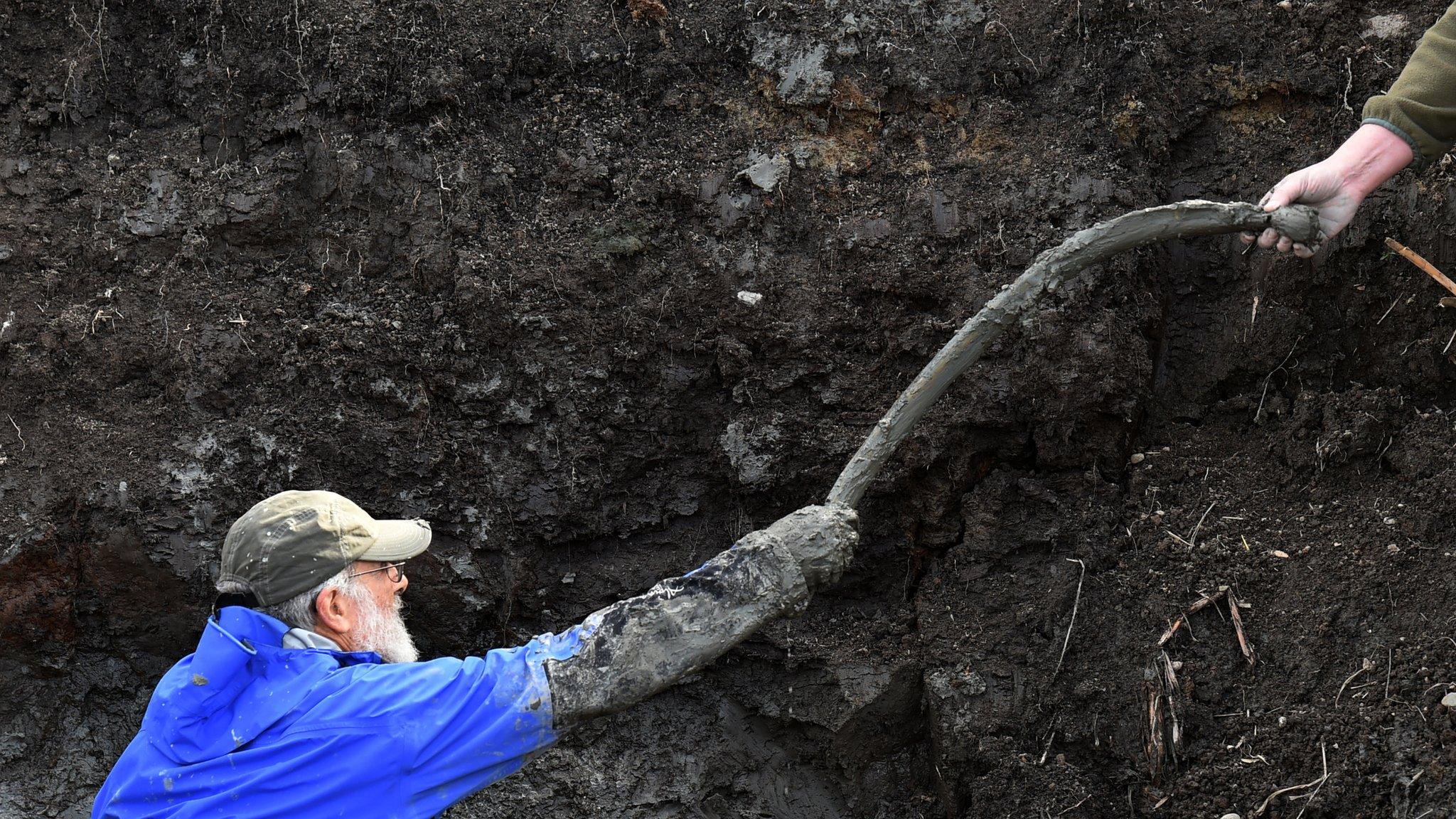
- Published28 November 2021
